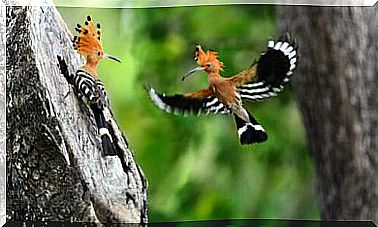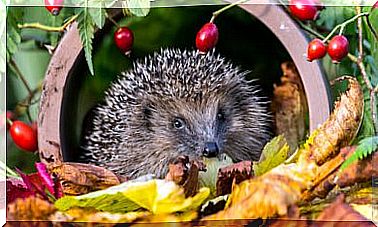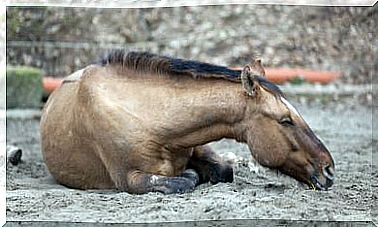The Fauna Of The Galapagos Islands
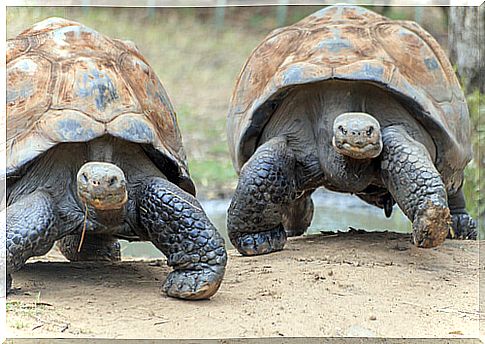
The Galapagos Islands are a special place on the planet, not only because of their geological formation, but also because of the animals that live on them. The small population and its location in the middle of the ocean has allowed the fauna of the Galapagos Islands to be unique.
What are the Galapagos Islands
The Galapagos Islands are a group of islands that are in the Pacific Ocean, almost 1,000 kilometers off the coast of Ecuador. Administratively, they belong to this country, which has proposed to protect and preserve the life of these islands.
The Galapagos Islands is an archipelago made up of 19 islands of different sizes and more than 200 smaller islets and rocks. There are people living permanently on the islands: the latest censuses show about 25,000 people, but they receive almost 200,000 tourists each year.
The fauna of the Galapagos Islands: the turtles
When talking about the fauna of the Galapagos Islands, the first thing that comes to mind are the turtles and reptiles. Indeed, the Galapagos tortoise – the image that heads this article – is the name given to a species of giant land tortoise typical of these islands.
This species is made up of 14 different subspecies, four of which are extinct. The case of Solitary George is sadly famous, the last specimen of his species, who lived on the islands until his death when he was almost 100 years old.
But not only can you find land turtles: in this place there are also marine ones. The Galapagos sea turtle is a subspecies of the green turtle and lives in the waters of the Pacific Ocean, although it returns to the islands to lay eggs.
Other unique reptiles and iguanas
Another example that the fauna of the Galapagos Islands is unique on the planet is the case of the marine iguana. It is the only lizard that exists that feeds in the ocean, since its diet is made up of algae. However, only the largest males can swim – females and young splash around, foraging for food when the tide goes out.
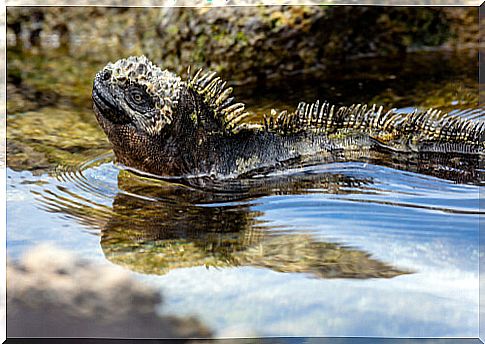
The largest specimens are almost half a meter long and can weigh 15 kilograms. Due to their diet, they eat too much salt; To get rid of it, they expel it in the form of salt crystals through a nasal gland.
When they are not looking for food, they behave very much like other lizards and iguanas: they rest in the sun to warm themselves. Their skin is black, so they collect heat more quickly and easily than other lizards.
Birds: not all are aquatic
Most of the endemic species among the fauna of the Galapagos Islands are birds. There is a great variety among the species that live on these islands : there are penguins, finches, cormorants, seagulls, owls, pelicans …
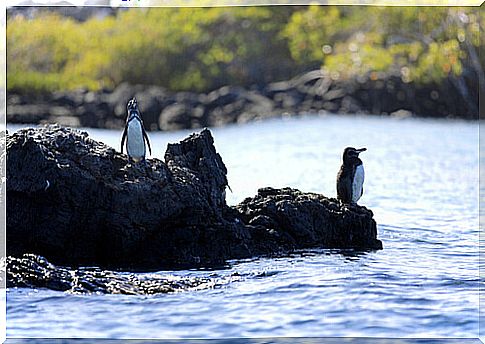
The Galapagos penguin is the only one in its family that does not live north of the equator. It is one of the smallest penguins that exist, since it barely weighs two and a half kilos; They are black and have a white belly.
13 different species of finches also live in this very special place. The best known species is the vampire finch, which owes its name to its strange diet: it feeds on the blood of other birds. All members of this family are physically similar: their biggest difference is in their bill, which varies in size and shape depending on their food source.
The mancon cormorant is the only species in its family that has lost the ability to fly. Like other cormorants, it dives for food and is a great swimmer, but its wings are too small to take flight, so it uses them to submerge itself in water.
There is a species of short- eared owl endemic to the Galapagos Islands. This owl, unlike many other birds in the archipelago, does not depend on the sea for food : it mainly hunts other birds, even those that are older than it. Also, unlike inland owls, it hunts during the day and not at night.
The smallest reptiles: lava lizards
Numerous species of reptiles make up the fauna of the Galapagos Islands. Lava lizards are one of the smallest species that inhabit them: they are up to 25 centimeters long, but the males are almost three times larger than the females.

They feed on insects, and have a behavior and habitat very similar to the rest of the lizards on the planet: they live in plains, but also in vegetated areas where they can easily hide, but where at the same time they can rest in the sun to increase their body temperature.
The Galapagos Islands, thanks to their isolation for thousands of years, have managed to develop a unique animal life on the planet. Recently, thanks to the efforts for its conservation and all the protection measures that have been put in place, in addition, they form a reserve and refuge for hundreds of animal species.




